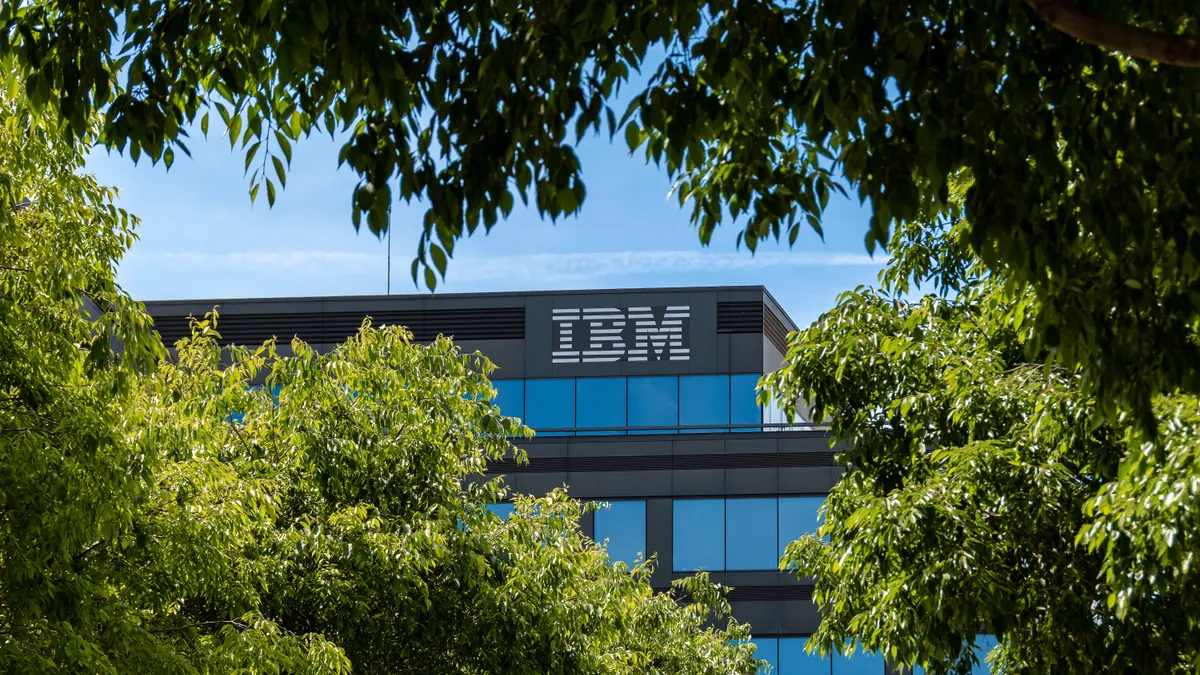Correction: This article has been updated to reflect a typographical error. Paul Miller said "railing" not "reeling." This article has also been updated to reflect Bryan Che is the general manager of Cloud Product Strategy at Red Hat and Black Duck is a software development company.
Open source software — that is, software that gives users permission to modify, copy and distribute its source code and is either freely distributed or licensed — used to be viewed as the red-headed stepchild of enterprise software.
"It took time for enterprise to come on board," said Rafael Laguna, CEO of Open-Xchange, a German open-source company specializing in open-source email software. "If you go back 10 years, [proprietary software from] Microsoft, IBM dominated the architecture of enterprise software, but that is changing."
Late last year, Microsoft — which back in 2007 threatened to sue users and distributors of open source software, claiming it violated 235 of its patents — joined the Linux Foundation, which provides training for developers and users of open source software.
This is the result of a years-long turnabout in which firms such as Microsoft, IBM and Hewlett Packard Enterprise, have shifted focus from proprietary offerings to providing software services — Software as a Service or Platform as a Service — in response to customer demands.
"You saw enterprise CIOs and CTOs move large portions of their workload off Windows and onto Linux," said Paul Miller, senior analyst with Forrester. "They did that largely to save money. But it showed that you can use open source [software] as a valid alternative to closed source — and it made senior decision makers think differently about OS."
Microsoft knows it "won't make money any more from gatekeeping access to basic stuff because they can get it for free," he said, noting that up to 40% of Microsoft's clients using its Azure cloud computing platform are running Linux operating system rather than Windows. "So, the value [for software providers] is how you knit apps together and provide support," said Miller.
Market impact
This enterprise shift toward open source has been a boon for companies such as Red Hat, which provides open source software licensing and support services. Open source software developers have always been focused on using their collective knowledge base to advance software capabilities, detect and address bugs, and make software tools more efficient.
But end users need help making open source software work for them, and that provides an opening for service producers such as Red Hat, according to Bryan Che, general manager of Cloud Product Strategy at Red Hat.
"We take open source code and make it consumable, employable, updatable for enterprises," he said, noting that Red Hat based its business on service and support subscriptions rather than on selling closed-source software.
With more than $2 billion in annual revenue, it’s a model that is helping Red Hat thrive.
But the growth of open source is about much more than end users looking to move away from proprietary operating systems, according to Laguna. Corporations rely increasingly on cloud computing, which is built on internet services, and these are natively open source. "There was almost no avoiding open source as enterprises became internet focused," he said.
The same is true of Big Data tools, artificial intelligence, and the infrastructure that supports Internet of Things technologies — these are predominantly open source.
The open source edge
Proponents of open source software say it gives end users an edge by fostering innovation and attracting the best software developers.
"End users are demanding the ability to move faster and be more responsive to customers," said Che. "They're becoming more aggressive in how they reach customers, roll out new products and manage their supply chains."
Reaching those goals requires the nimbleness that open source provides and it requires recruiting top-tier talent. "Most of the top software engineers are working in open source," because it fosters more and faster innovation, according to Che. "So if you want that talent, you have to work in OS. It's a virtuous cycle and a great recruiting tool."
As corporations that have traditionally focused on hardware began shifting toward digital products, many focused on building and supporting open source platforms. "A good example of this is General Electric," said Miller. "They recognized that just building physical machines isn’t enough and that they need to be a software and services company, too."
To that end, GE built internal capabilities but also invested in open source cloud computing platform Pivotal Cloud Foundry. "That allows GE to build projects of its own and creates a pipeline of talent, already familiar with the code GE is developing, that [GE] can onboard in the future."
Fuller picture on costs
While end users do save on software licensing costs by moving to open source platforms, Miller notes that there are training and ongoing support costs — either internally or through third party support or licensing — that come with the transition to open source software.
Trust and security considerations are among the reasons a strong support team is so important. "As we move toward hybrid clouds, we're putting data out everywhere," said Miller. "So we need to build a level of trust in the software we're using. That should have been a bigger focus in the past, too, but it wasn't."
The prevailing opinion among the experts CIO Dive spoke to is that open source software is in most cases more secure than proprietary platforms, because having access to source code means there are more eyes on the code and therefore bugs and vulnerabilities are more likely to be spotted and addressed, sooner.
Still, just as with closed source software, security is never "fixed" and is an ongoing cost and risk. And in some cases, faith in open source software can be a blind spot. A 2016 survey, sponsored by Black Duck, a software development company, and investment firm North Bridge, found that not all end users of open source software are taking adequate security measures. One-third of respondents said they lacked a system for "identifying, tracking or remediating known open source vulnerabilities."
But research also indicates that the role open source software plays in the enterprise is growing and that the philosophy behind this collaborative, transparent approach to code is now mainstream. For a 2016 Forrester, the research firm found that 41% of software decision-makers it surveyed placed a high priority on increasing their use of open source.
And in the Black Duck-North Bridge survey, 65% of respondents said they are contributing to open source projects and 67% reported actively encouraging developers to engage in and contribute to open source projects.
Open source has become a fundamental piece of enterprise strategy, says Miller. "It's no longer about people in t-shirts and sandals railing against the corporate machine and trying to do something different."





















